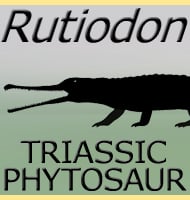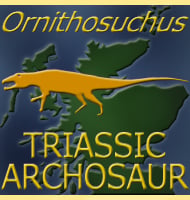Loricosaurus
In Depth The description of Loricosaurus was first based upon the discovery of osteoderm armour that was initially perceived to have come from an ankylosaur. Later it was realised that these osteoderms actually came from a titanosaur, however, by themselves they are not very diagnostic of a distinct genus, which is why Loricosaurus is widely … Read more

